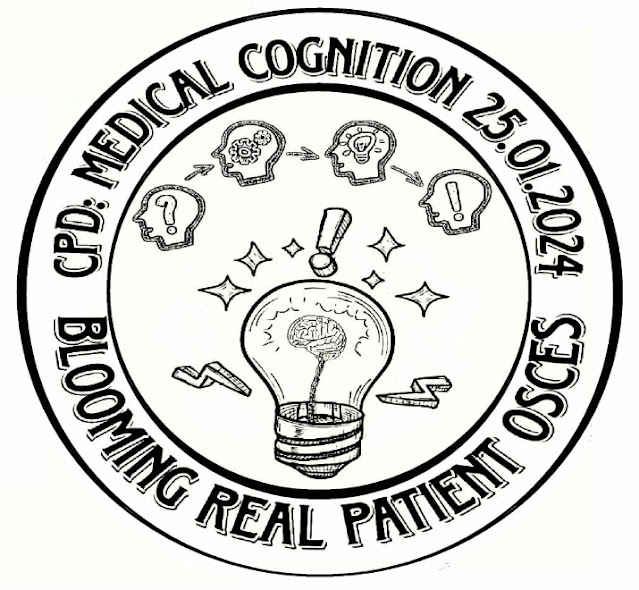Events : "The occurrence of a dichotomous outcome that is being sought in the study."
Understanding it further :
Automatically the above definition of event begets the definition of dichotomy as well as outcome.
Let's begin with dichotomy :
It means divided into two parts.
Such as positive or negative etc
Human cognition and emotions often tend to label natural or artificially created events as positive or negative, good or bad such as life (good), death (bad) etc but what is important to note is that "events" are occurrences of "change" over a human timeline that can begin with the birth of that human and only stop at his her death. Time is one way to measure the change in human lives and hence there are reported definitions of event rate and "time to events."
If we want to understand human events further, think of how a human is created from the coming together of two cells donated by two very different human genders (a past event driving the current human's cellular existence) and how through a series of events over time, that two celled existence, becomes, four, eight, sixteen and finally a trillion, all inside the body of one human gender following which there is another event when the human is brought out into the world, an event called birth that begins it's existence called life, which is nothing but a sequence of events predictably routine as well as unpredictabily complex all the way till death. In healthcare research we are concerned with health related events although again separating health or illness events into dichotomous outcomes is not always easy.
Outcomes :
Often defined as "Health outcomes measure a change in the health status of an individual or a group which can be attributed to intervention."
Borrowing from the previous definition of "events" one can say, Every current outcome is a result of a past event that happened naturally or artificially through human intervention.
In other words, for any human health research study participant, their current events are their current outcomes, which are a result of their past events, as a result of natural or artificial interventions.
Depending on what happens to the participant, his morbidities and comorbidities at the end of the study, one may further classify his outcomes as persistent morbidity, recovery or death. Other than these dichotomous outcomes one can also look at what changed in the events that initially shaped his morbidity and comorbidities and how those events are playing out as current outcomes.
Morbidity : "Morbidity is another term for illness. A person can have several co-morbidities simultaneously."
Wiki quote below :
Comorbidity—from Latin morbus ("sickness"), co ("together"), -ity (as if - several sicknesses together)[1][circular reference]—is the presence of one or more additional conditions often co-occurring (that is, concomitant or concurrent) with a primary condition. Comorbidity describes the effect of all other conditions an individual patient might have other than the primary condition of interest, and can be physiological or psychological."
"The effect of comorbid pathologies on clinical implications, diagnosis, prognosis and therapy of many diseases is polyhedral and patient-specific."
"Comorbidity affects life prognosis and increases the chances of fatality. The presence of comorbid disorders increases bed days, disability, hinders rehabilitation, increases the number of complications after surgical procedures, and increases the chances of decline in aged people."
Unquote
For further understanding around similar current research around the globe, quoting from the Cambridge VanderSchaar lab link below :
"to make discoveries and understand event data, the VanderSchaar lab has driven
development of personalized morbidity and comorbidity networks that enable us to understand how particular morbidities may trigger other morbidities over time.
Current state-of-the-art morbidity and comorbidity networks in healthcare are only capable of mapping the relationships between different diseases in a static manner at the population level. There is much to be gained from creating models that are both personalized (i.e., they depend on the unique characteristics, such as genetic information, of each specific individual) and dynamic (i.e., they depend on the order in which morbidities occur)."
Unquote
Was just going through this amazing team work from Cambridge while trying to prepare our own explanatory position paper on our current thesis projects around comorbidity events influenced by diagnostic and therapeutic uncertainty and their outcomes and while we use a predominantly qualitative methodology due to resource constraints (and have to regularly swallow our pride due to the miniscule impact of what we do), I found these people are exactly working on similar areas albeit using AI driven quantitative methods that are surely more promising in terms of impact!
The webpage also has free joining options for their weekly synchronous sessions (unfortunately I'm asynchronous to a fault and am desperately looking for their email or whatsapp group) and if any of you happen to join their sessions do share what you learn.
Other standard definitions in clinical research :

















